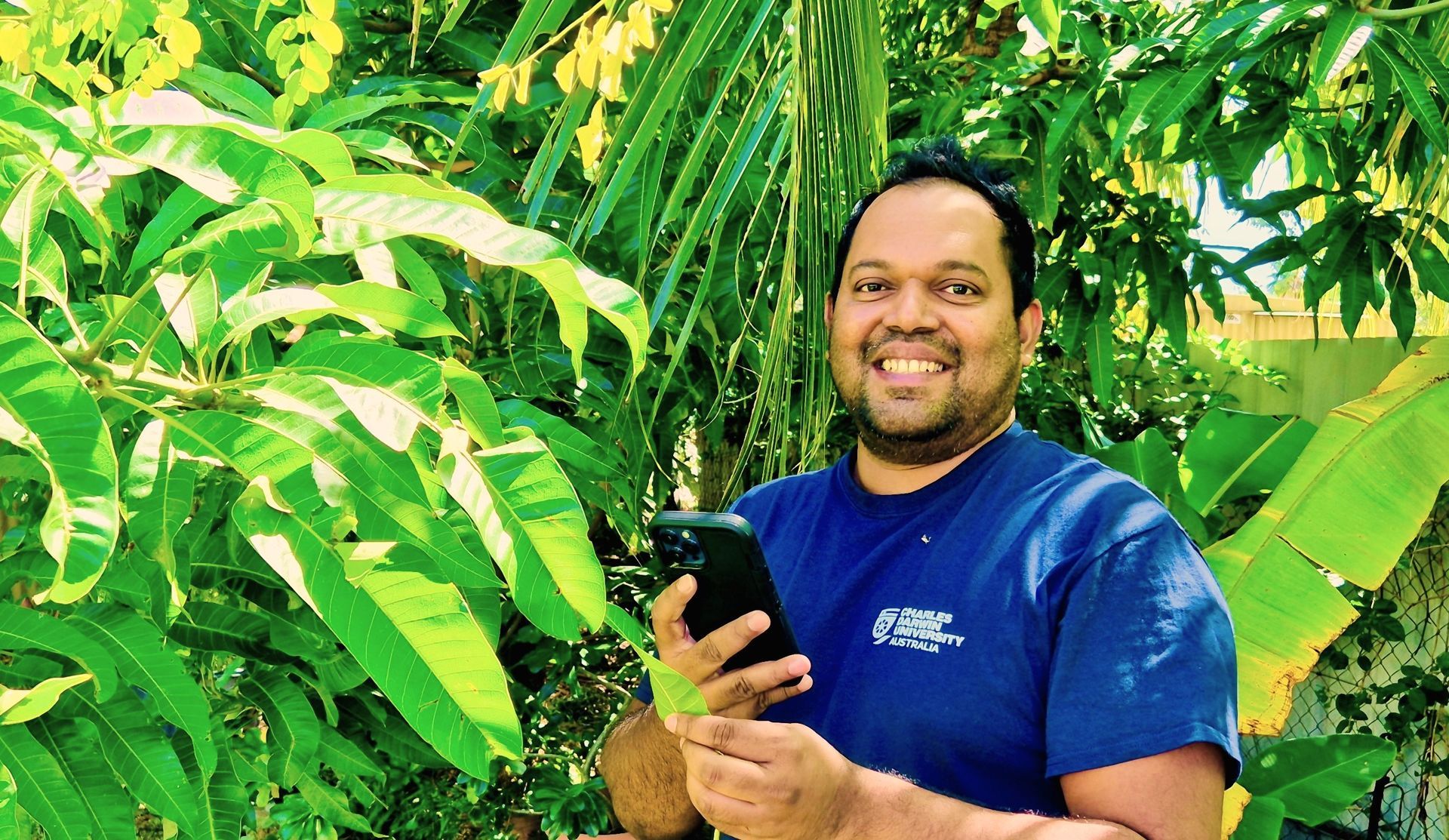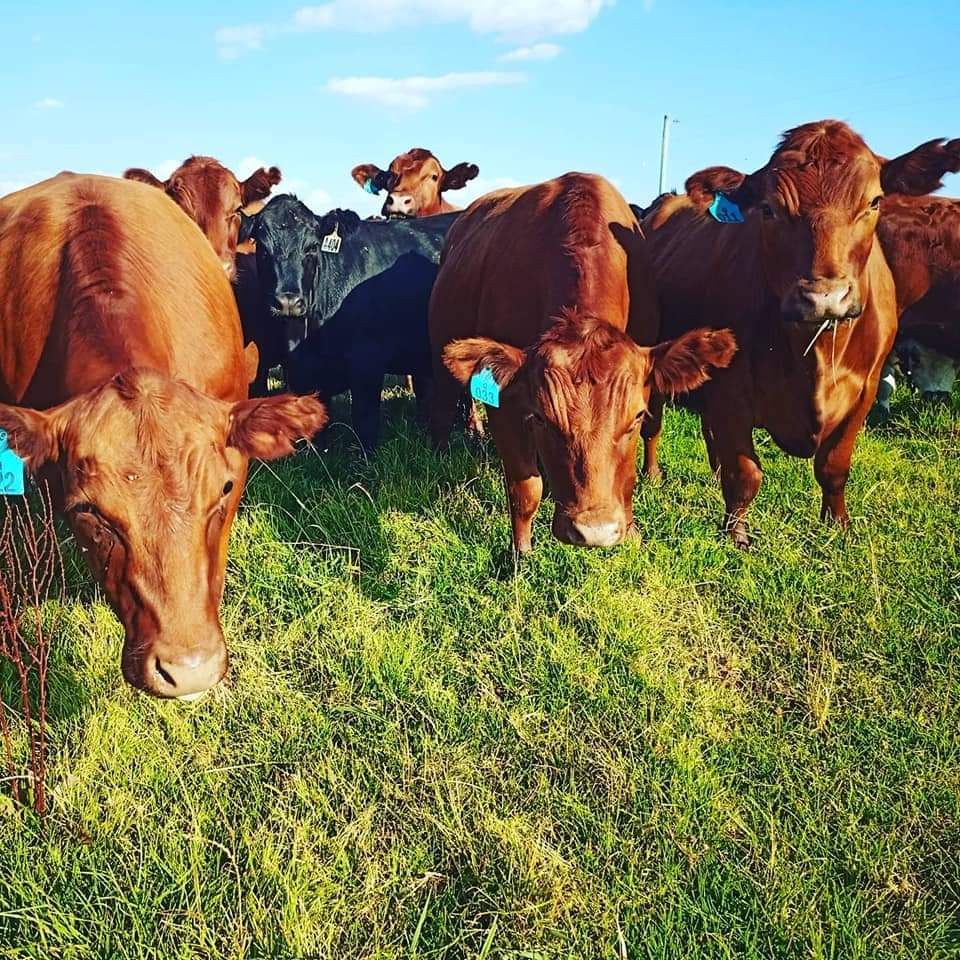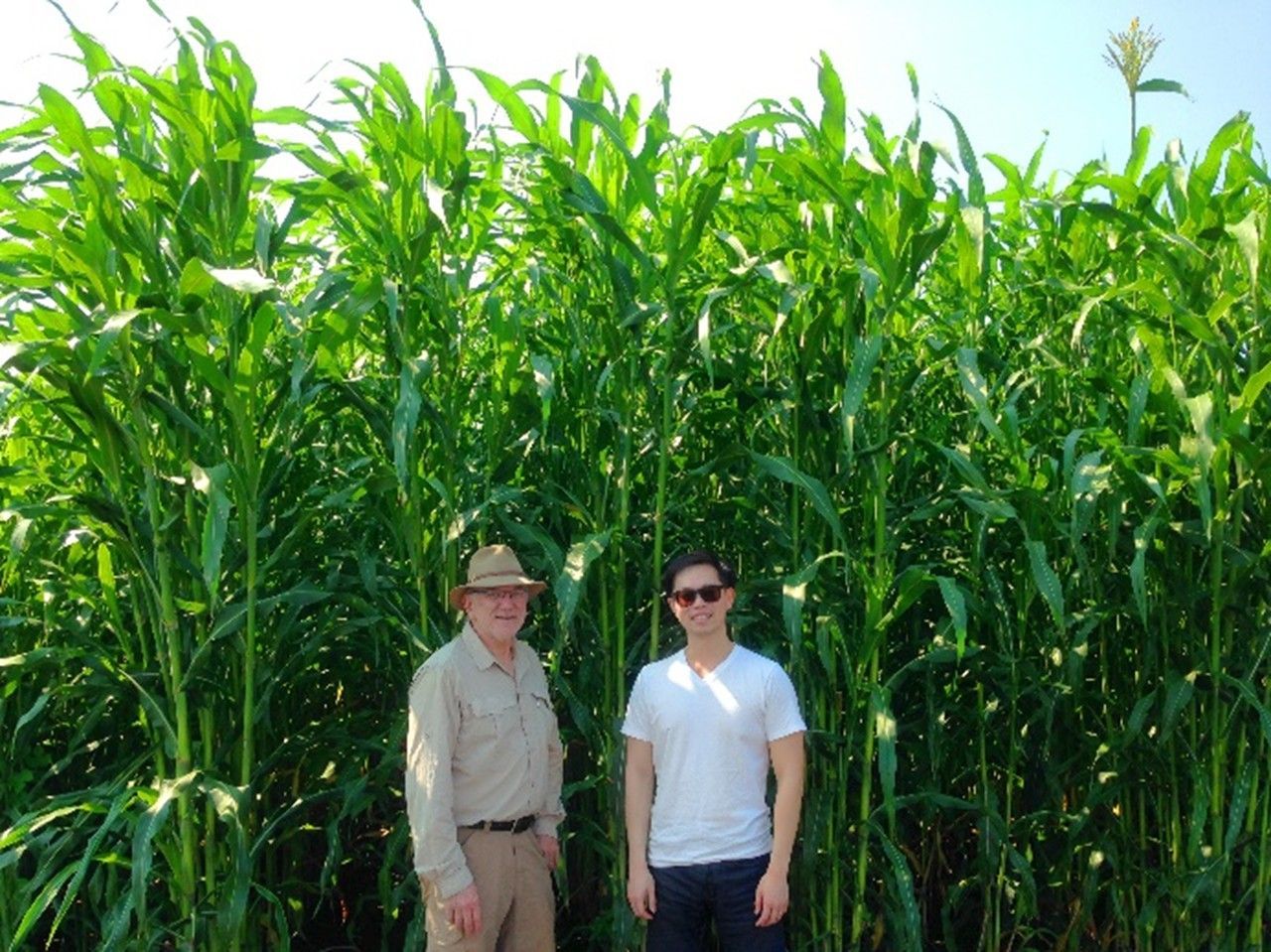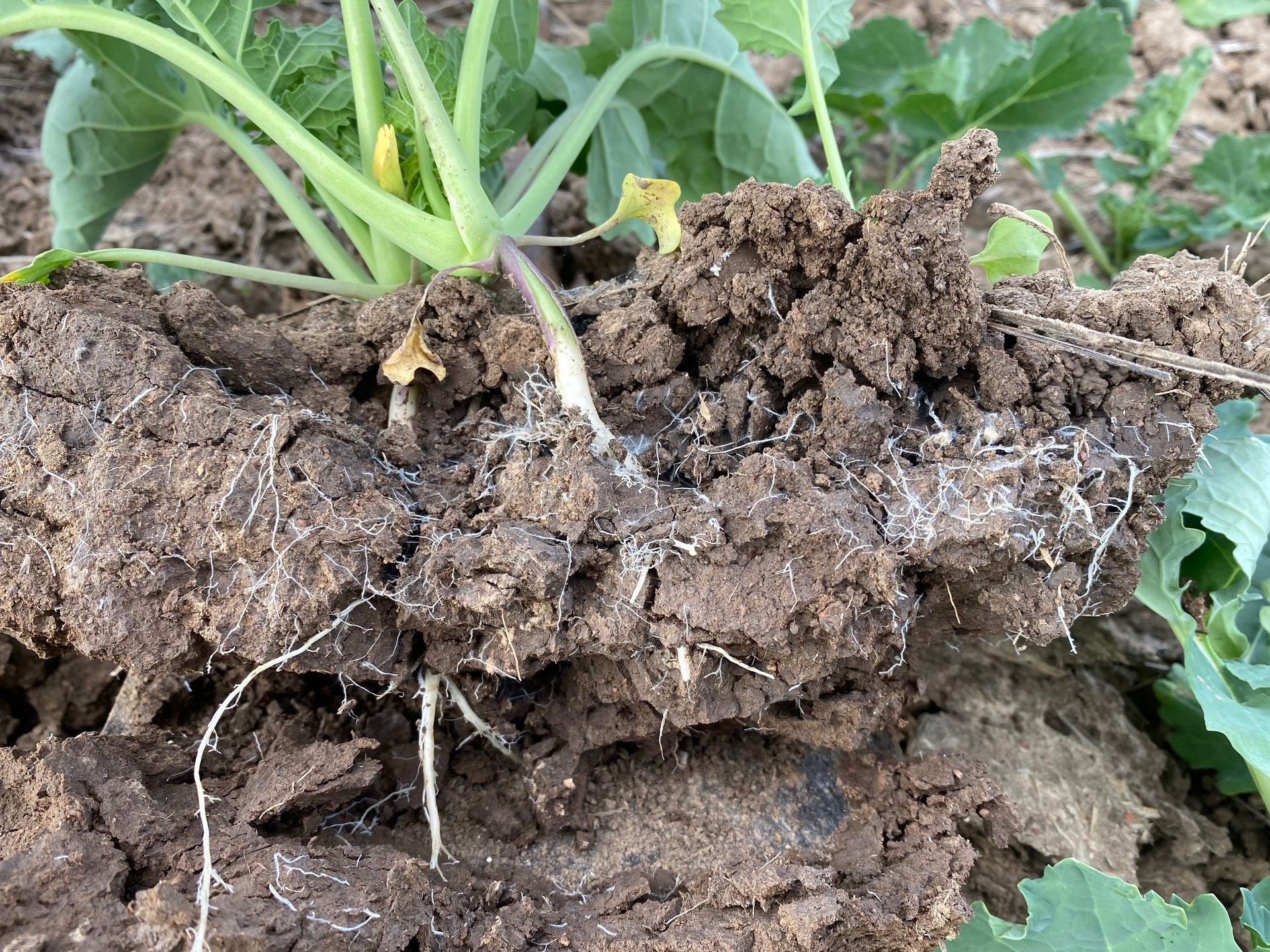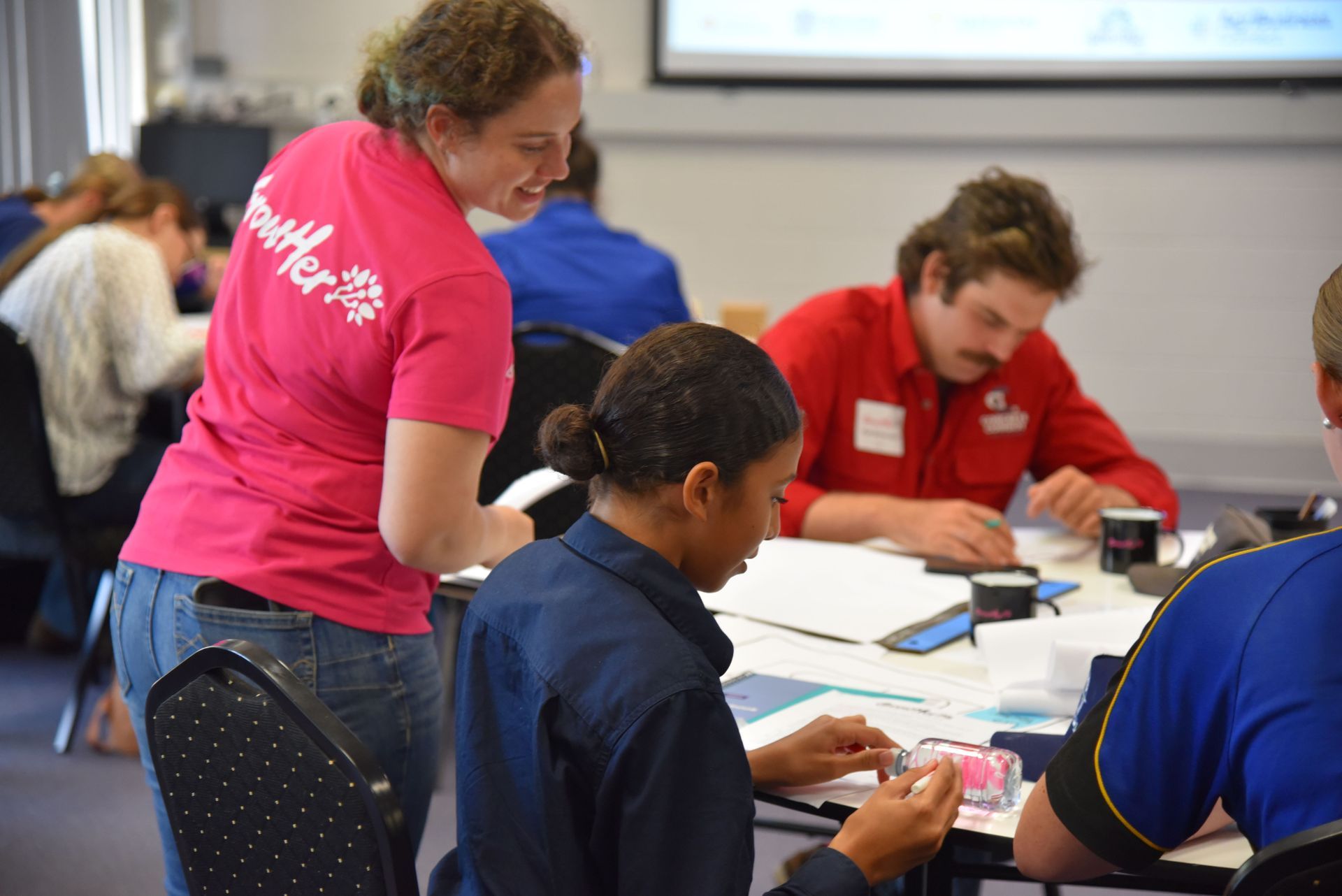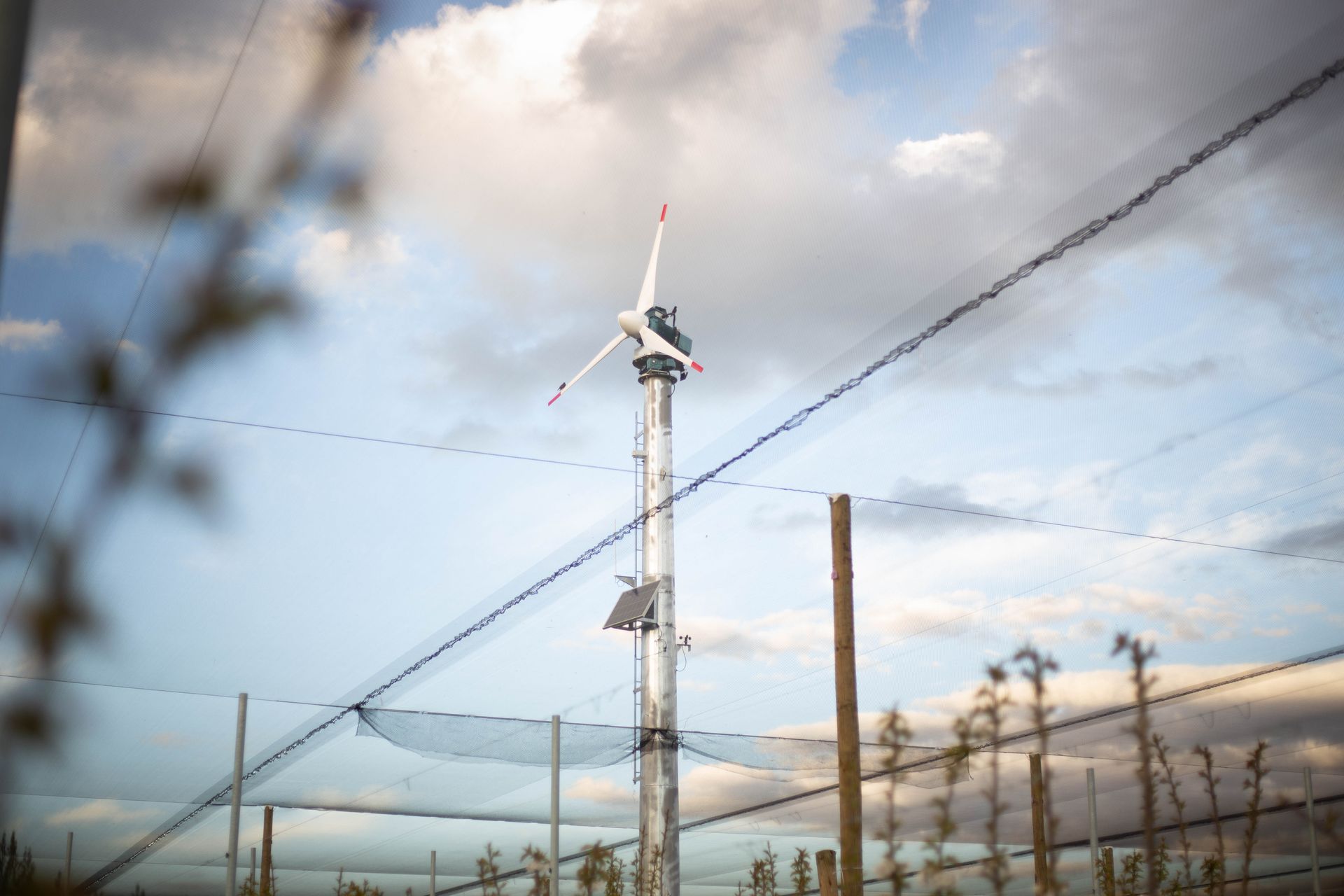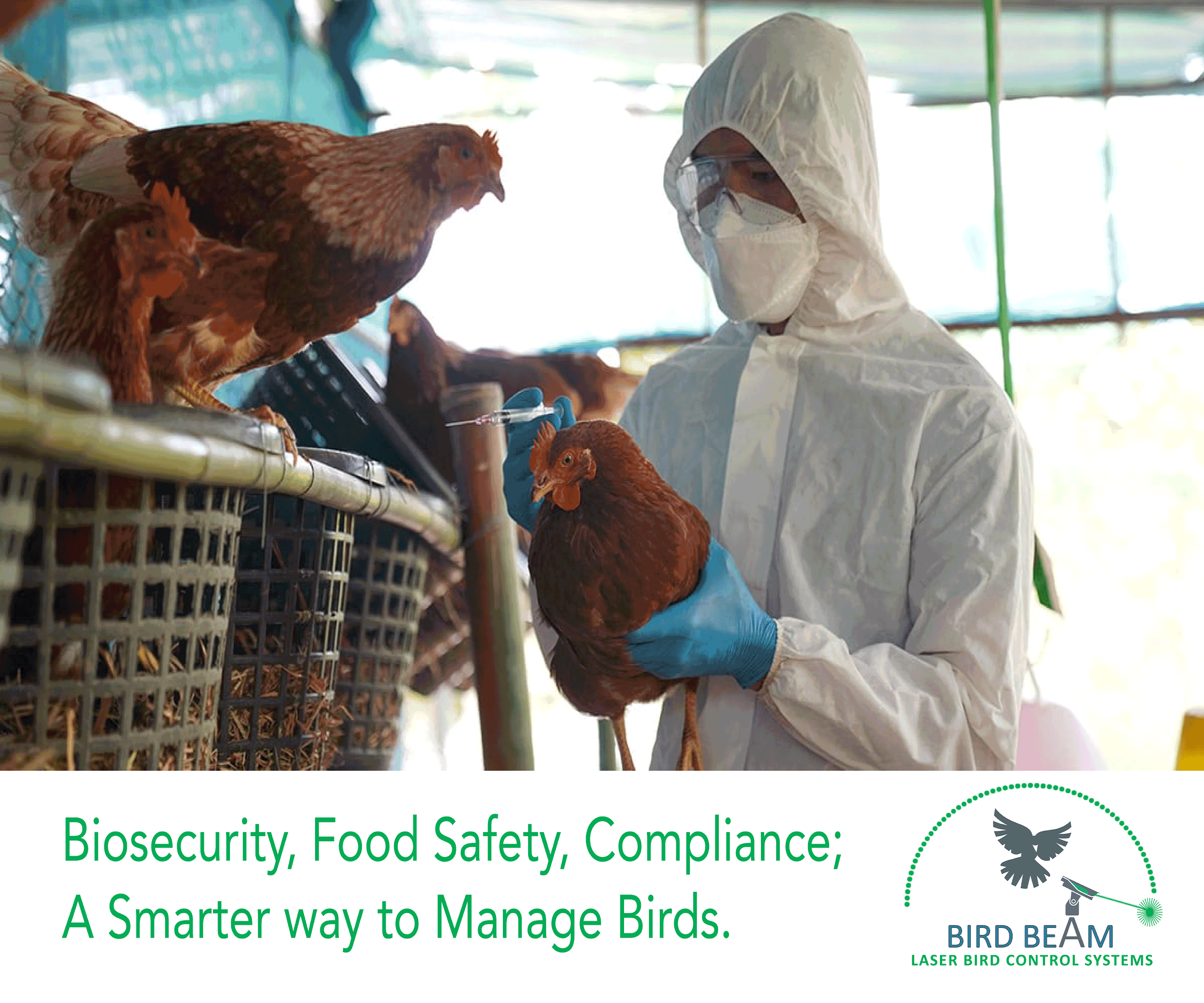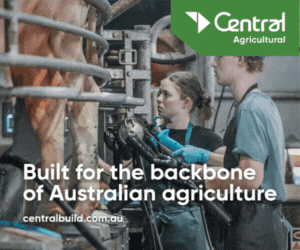Nadun Hennayaka is Founder and CEO of Gaia Project Australia Pty Ltd. Gaia Project Australia develops and applies advanced technologies, such as machine learning, to produce sustainable food cultivation technologies. The company has produced one of the most efficient leafy-green cultivation solutions on the planet with increased yields by over 40% and drawing the attention of NASA.
Our Future Food Security: Time to Take Control
Technological advancements for the space industry have delivered wider innovative solutions to humanity for nearly 75 years. Now Controlled Environment Agriculture is handing Australia a socio-economic opportunity on a platter.
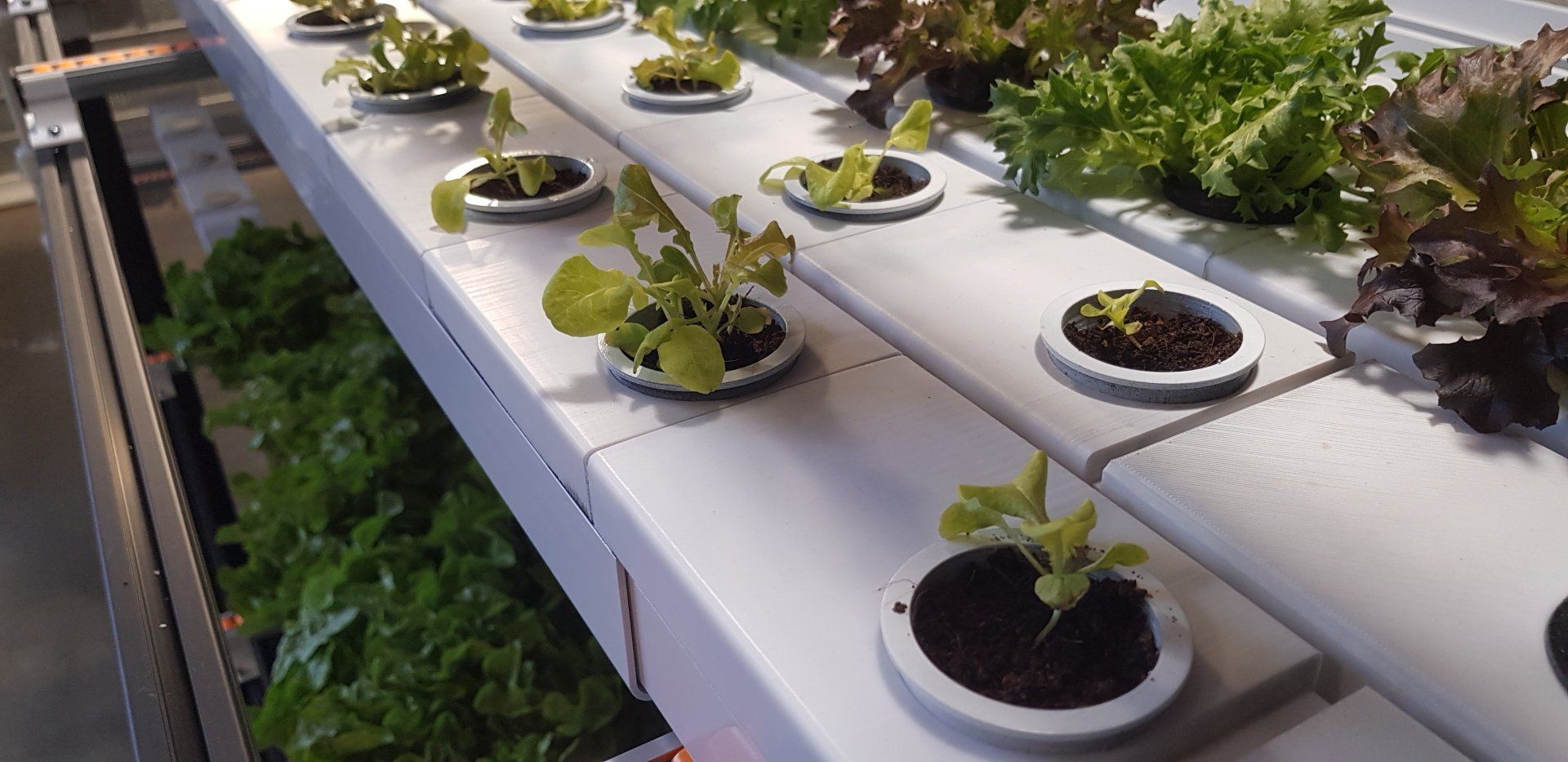
Space missions have long required innovative solutions that have proven valuable here on Earth too e.g., microwave and digital cameras. Now, thanks to a SpaceX-led renaissance of human-crewed space flight, dropping launch costs by 95 per cent, fresh-food solutions are required for deep space missions to fuel long-haul missions. Perhaps serendipitous, this coincides with an emerging urgent issue here on Earth: widespread reduced food security due to climate change. Australia is not immune to this impending danger, as recent and ongoing events around the country continue to highlight our vulnerability. So, the question is, should Australia be invested in this race to grow food in space?
Australia’s agricultural sector is in a unique position, as it provides food security for its residents while generating significant export income given surrounding nations’ dependence on a steady food supply. However, unpredictable weather reduces our food output yearly because our crops are primarily unprotected and at the whim of the natural elements. Additionally, finite inputs are surging in price, creating further financial pressures on farmers. This is no surprise for farmers, as they have been exploiting strategies to mitigate these issues for more than two centuries, but further innovation driving new technologies is needed to lessen these pressures and increase food security.
Controlled Environment Agriculture (CEA), which includes food production methods such as vertical farming, is a technology-based approach that protects crops from the elements, reduces inputs to a minimum, and maintains optimal growing conditions. For the last few decades, Australia has already been using space technology and satellite imagery to aid on-the-ground practices on farms, but now we have an opportunity to test this emerging disruptive technology in the demanding environment of space to produce robust on-world solutions for the nation’s agricultural industry.
CEA has been part of space missions since 1984, with small projects proving plants can be grown in space. Now we must build on those early missions and maximise their true potential at larger scales. By Australia getting involved in this AUD400 billion space industry, and allowing collaboration with world-leading space-engineers, we can optimise our agritech intellectual property and guarantee our food supply.
This is a unique moment for Australia to become leaders in a technology that will help humanity while solidifying us as a CEA hub rather than a laggard. Viewing this situation as a nationally important opportunity should motivate investment in space technologies in order to ensure future success in achieving sought outcomes. Australia hasn’t previously invested heavily in the USD58 billion CEA industry (compound annual growth rate of 12.5%), which experts estimate will be worth USD147 billion by 2030. Australia shouldn't miss this fleeting window to help our farmers prosper in the long run as, if we don't engage with CEA now, they will pay a premium for the technology later on.


